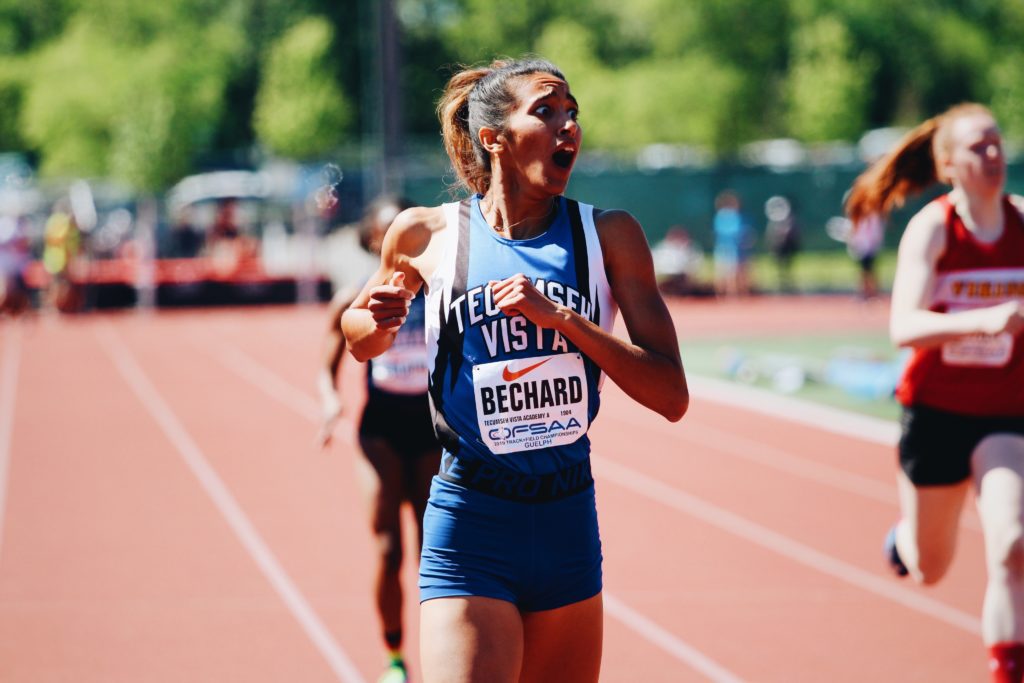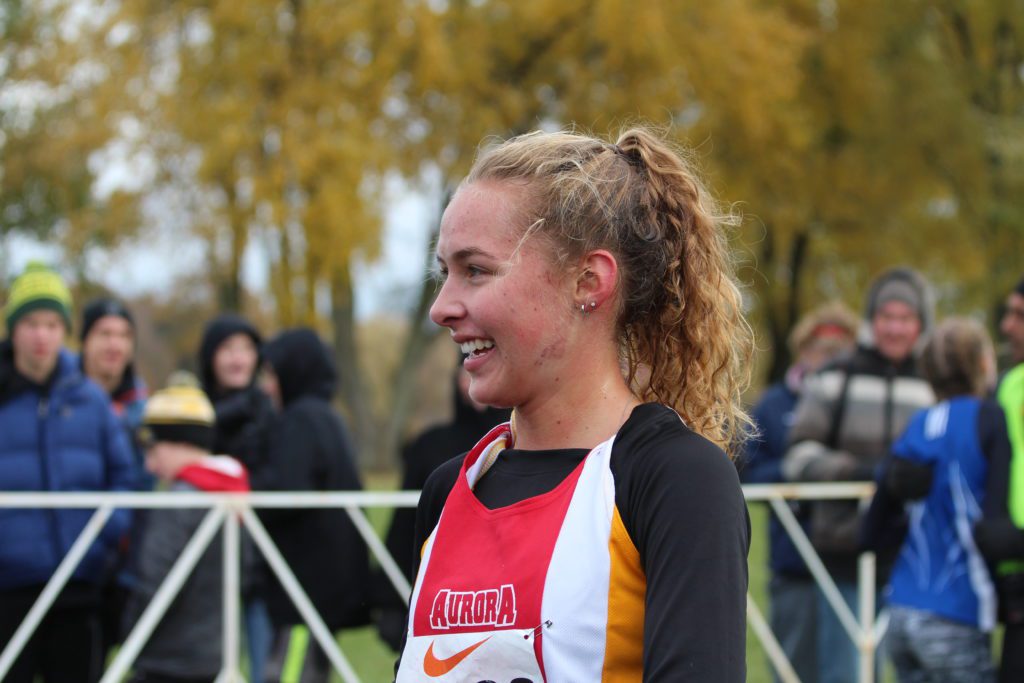62 per cent of Canadian adolescent girls are not participating in sport
How to keep young women participating in track and field

A national study of participation in sport has showed that girls are still competing way less in sport than boys – with 62 per cent of adolescent girls not participating at all. While there are many ways for young people to be active, sport is one of the best ways to introduce kids to functional movement, which will be important for the rest of their lives. On top of this, it helps improve fitness, control body fat and decreases the likelihood of Type 2 diabetes.

RELATED: World Athletics pushes for more female coaches
The study found that one in three girls who have participated in sport drop out by late adolescence, whereas the dropout rate for boys is only one in 10. Only 18 per cent of women stay involved in sport between the ages of 16 and 63 years old.
What do the running stats look like?
According to The State of Running 2019, a study done by RunRepeat.com, there are more female than male runners for the first time in history. They report that in 2018, for the first time ever, 50.24 per cent of runners were female. Another interesting statistic is that women’s road running times have been improving since 2001, by an average of four minutes. Further to that point, women’s participation in running has grown 30 per cent since 1986 (remember, Katherine Switzer was the first woman to run the Boston Marathon in 1967).

When it comes to high school track and field in the U.S., the general participation numbers are rising, but boys still account for about 56 per cent of participants, and girls only come in at 44. Track and field is the highest participation sport in the states for girls, and second-highest (behind football) for boys.
RELATED: Women are outrunning men at ultra distances
Barriers to participation among girls
According to the women surveyed by Jumpstart, the quality of the sport experience is a barrier. Other barriers include: low confidence, negative body image, perceived lack of skill and not feeling welcome.
Sasha Gollish is a Fast and Female ambassador who says there’s a big difference between women and girls when it comes to running. “Women are participating on the roads, but girls are still dropping out of high school track. There are lots of reasons for this, from socioeconomic barriers to cultures where sport isn’t a priority.”
https://www.instagram.com/p/CBG0o0FnGd8/
Gollish also mentions visibility. “Because women’s sport isn’t televised as much, women don’t seem themselves on the biggest stages as often. If you can’t see yourself in something, that’s also a barrier.” Gollish didn’t leave sport, but she did leave running before returning later in life. “I think it’s difficult to come back to sport after you’ve left it. There are lots of questions about how to come back and what sports to do. There’s also a void in Canada that exists between elite and recreational track. It seems that a runner is either elite or leaves track and field, because there are hardly any recreational options.”
Fast and Female is an organization that helps show young women how they can stay in sport. They’re trying to fill the void by making examples of women, at all levels of competition, who have stayed active their entire lives. Gollish believes the solution to the problem of young women leaving sport can be found creating exposure and opportunity. The organization is hosting a virtual run/walk/wheel to that hopes participants will collectively cover over 1,500 kilometres. The event runs for nine days (July 18-26) and participants can choose what distance they want to complete over that period. This event is a pay-what-you-can model. For more information, see here.
RELATED: The Shakeout Podcast: Jess O’Connell and Sasha Gollish inspire with Fast and Female


